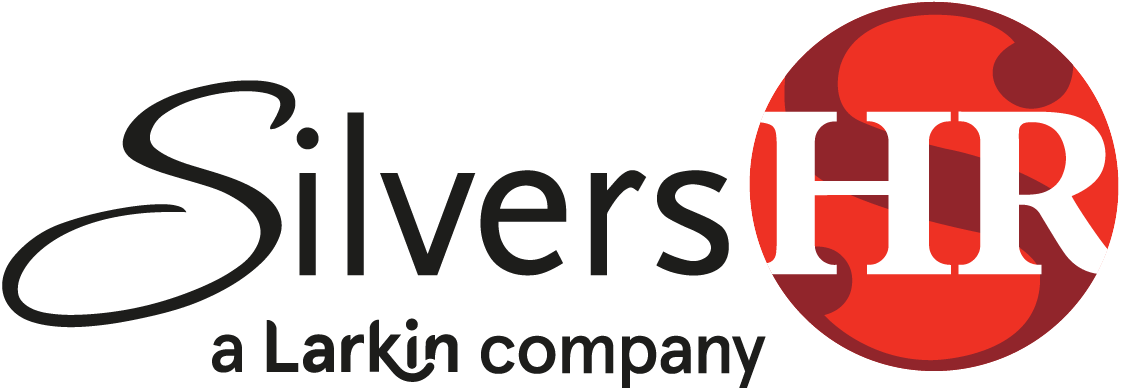What are the essentials I should be covering for new hire orientation? I don’t have much time and just want to hit the basics before getting this person productive.
Hold on there, Speedy! Rushing through new hire orientation can risk thousands of dollars if the supervisor doesn’t start off on the right foot with a new employee. “Thousands?” Have you calculated the cost of turnover for each position in your company? The recruiting time and lost productivity alone can add up to several months worth of salary.
New hire orientation often entails the employee signing several pieces of paper regarding taxes, benefits, confidentiality, harassment, and an employee handbook. Some employers are even “modern”enough to hand the employee a stack of videos, leave them in a darkened room for a few hours and have them emerge bleary-eyed when they’ve finished watching these “talking heads.” Talk about the law of diminishing returns….
Studies have shown repeatedly that employee turnover is significantly reduced when new hires have a thorough and engaging orientation. Recently we worked with a retail group who ran two groups of employees through very different new hire orientation models. Both
groups were made up of manual laborers who did similar work. Management calculated that it cost 23% of the position’s annual salary every time a job was vacated and filled within 3 weeks.
Group A’s orientation for 30 employees was scheduled over a 4 day period for a couple of hours each day. They had the requisite signing of paperwork, a general review of company benefits and an introduction to their co-workers on day one. After this they were assigned a
work buddy to shadow. Each day for a week the new employees in group A spent 1-2 hours learning about the business, the benefits, safety, their job and performance expectations. This was followed by actual work at their site.
Group B’s orientation for 25 employees was the “standard”orientation –30 minutes of paperwork, a stack of benefits books and employee handbook to read later, and a couple of videos. They were at work by 10 am with no formal follow up by the supervisor.
Three months later all of the group A employees were still on board; 75 percent of the group B members were still employed. Twelve months later 75 percent of the group A employees were still employed; only 10 percent of the group B employees were still with the company. The cost savings for the additional 6 hours of orientation during the first week totaled over $100,000.
Schedule time during an employee’s first weeks to review your benefits, performance expectations, allow the employee to observe and ask questions. The extended bonding and absorption process will pay off as the employee learns more quickly, makes fewer mistakes and better understands the benefits of working in your organization.
